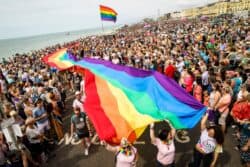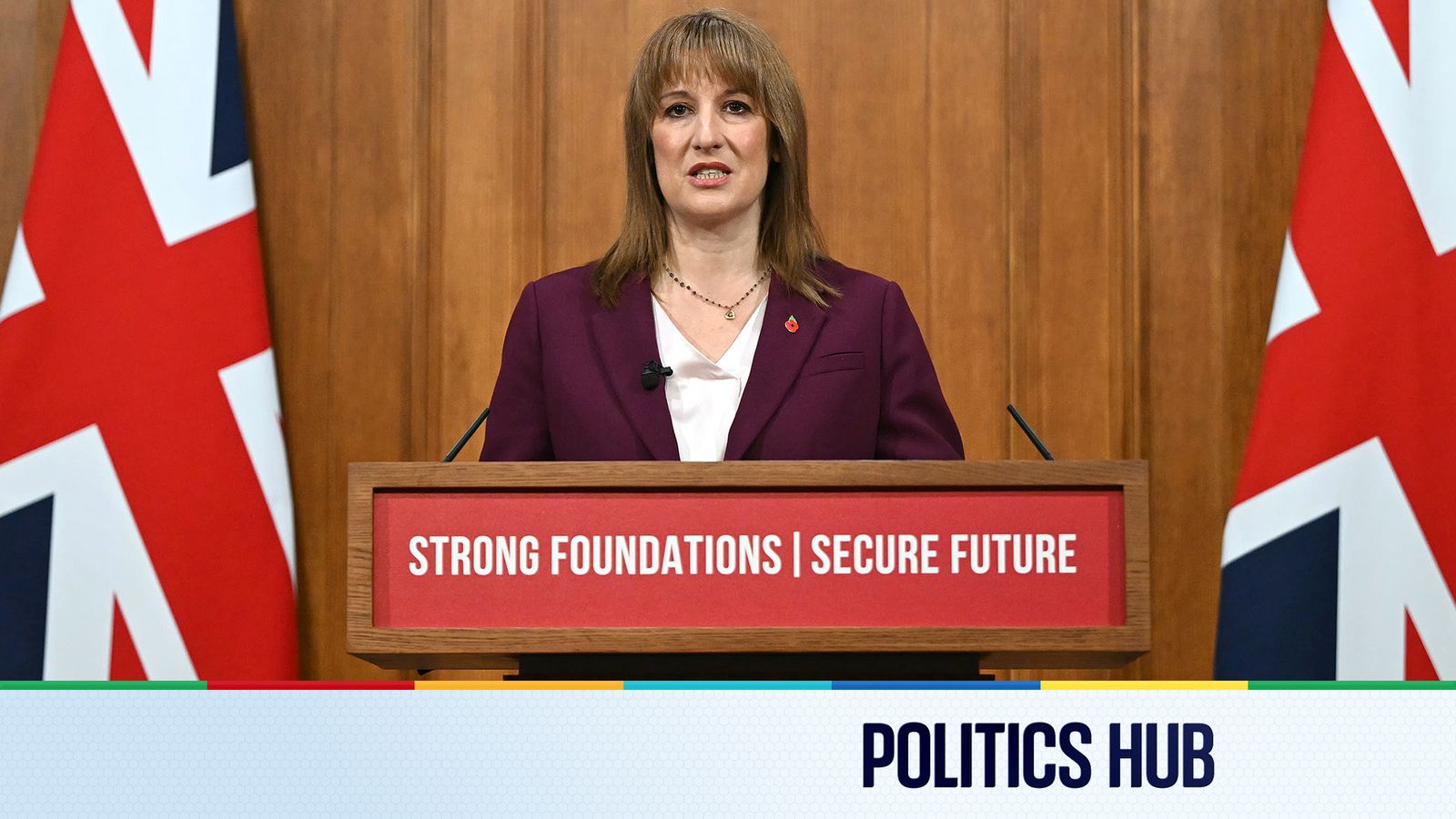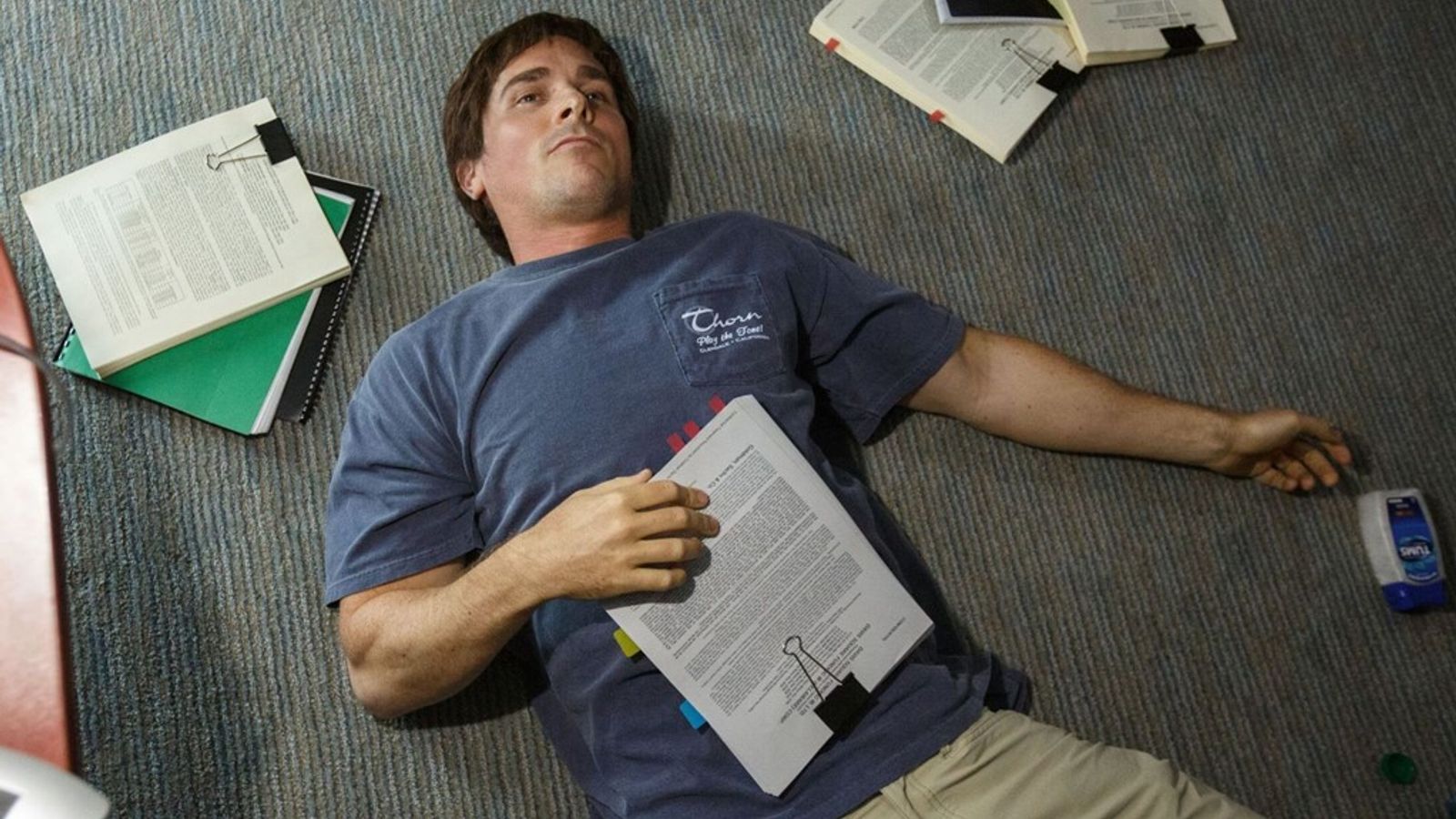The highest concentrations of LGBTQ+ people are in big cities and student towns (Picture: Getty Images Europe)
Aberystwyth and Brighton have been crowned the gay capitals of England and Wales as new census data reveals a map of sexual orientation.
Oxford, Bristol, and Plymouth all have high LGB+ populations too. On average, more queer people live in city centres and student towns.
There’s much lower concentrations in smaller towns, villages and the countryside.
A reigning 20.11% of people living in Brighton’s LGBTQ+ centre of Kemptown identify as lesbian, gay, bisexual, or other.
There’s a high concentrations of LGBT+ people living in Oxford but it decreases as you leave the cities (Copyright: Office for National Statistics)
The average for Brighton is lower (10.73%) but still higher than the vast majority of the country.
In the North of Aberystwyth, 16.56% of people are lesbian, gay, bisexual, or other (LGBO), a similar 16.96% of people in Piccadilly, Manchester identified as such.
‘Other’ covers asexual, queer and other sexual orientations.
Norwich city centre was similar (14.09%) and the figure for Bristol was 12.80%.
Following on was Plymouth (11.90%) Selly Oak outside of Birmingham (11.33%), central Exeter (10.53%), City of London (10.32%), Birmingham Central (10.21%) and Southampton (10.09%) .
Meanwhile, seven of the other local authorities in the top 10 were in London, with the largest LGB+ (those identifying as trans were not included in these figures) populations being in the City of London (10.3%), Lambeth (8.3%), and Southwark (8.1%).
The population of LGB people in Brighton
(Copyright: Office for National Statistics)
In total, 3.2% of the population of England and Wales identified as being LGB+. That’s 1.5 million people.
Interestingly, the combined total of bisexual and pansexual people is nearly the same as the gay and lesbian population.
The 2021 Census for England and Wales asked over 16s what best describes their sexual orientation – 92.5% of people responded.
Of the 92.5% who responded, 89.4% identified as straight or heterosexual. 1.5% identified as gay or lesbian, 1.3% as bisexual and 0.3% chose ‘other’.
The remaining people identified as asexual (0.06%), queer (0.03%) and all other sexual orientations (0.02%).
Aberystwyth
(Picture: Office for National Statistics)
Over 16s were also asked if the gender they identify with is the same as the sex they were registered with.
Of those who responded (94%), 45.4 million (93.5%) said ‘yes’ and 262,000 (0.5%) said ‘no’.
There isn’t a geographical breakdown for gender identity.
There’s a searchable map (Credit: ONS)
The Office for National Statistics said this is the first snapshot and the data will support anti-discrimination rights under the Equality Act 2010 and the allocation of aid for resources and policy development.
These figures are an estimate, and it is likely that the actual Queer population is higher – there are people who didn’t respond and there may be people, including teens, who aren’t ‘out’ yet and didn’t know you could respond privately.
A substantial 3.6 million people (7.5%) did not answer the question.
If someone lives in a house with other people, their family for example, it’s common to do one large census for everyone who lives there. That means one person will answer for others in the house.
If you aren’t out, and didn’t know you could privately override the answers, you could be recorded as straight.
Not everyone answered the census, either. The person response rate for the 2021 Census was 97% of the usual resident population of England and Wales, and over 88% in all local authorities.
Do you have a story to share?
Get in touch by emailing [email protected].
MORE : Number of people who identify as LGBTQ+ in UK revealed in census first
MORE : UK shamed by Ireland after country outlaws LGBTQ conversion therapy
MORE : LGBTQ+ employees are prevented from reaching senior management, study shows
The City of London has the highest concentration of people identifying as LGB+ in the capital.





